LEDLENSER P7R
(税込) 送料込み
商品の説明
新品未使用未開封です。
定価¥13,200
カラー···ブラック商品の情報
| カテゴリー | アウトドア・釣り・旅行用品 > アウトドア > ライト・ランタン |
|---|---|
| 商品の状態 | 新品、未使用 |
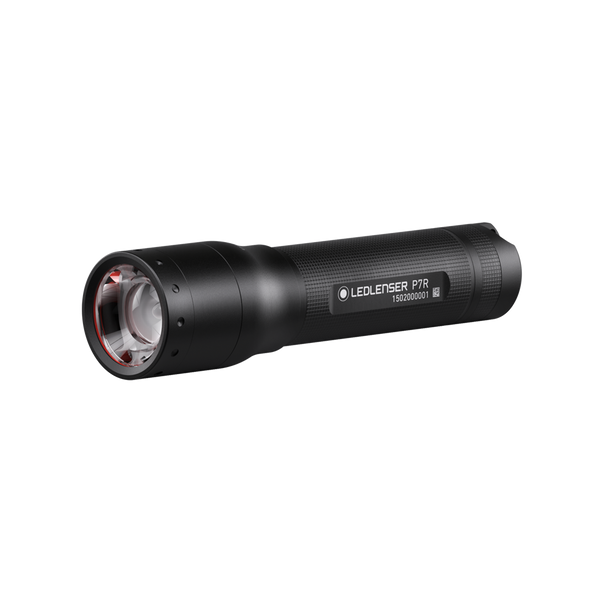
Ledlenser P7R | Ledlenser P7R Rechargeable Flashlight | Ledlenser USA
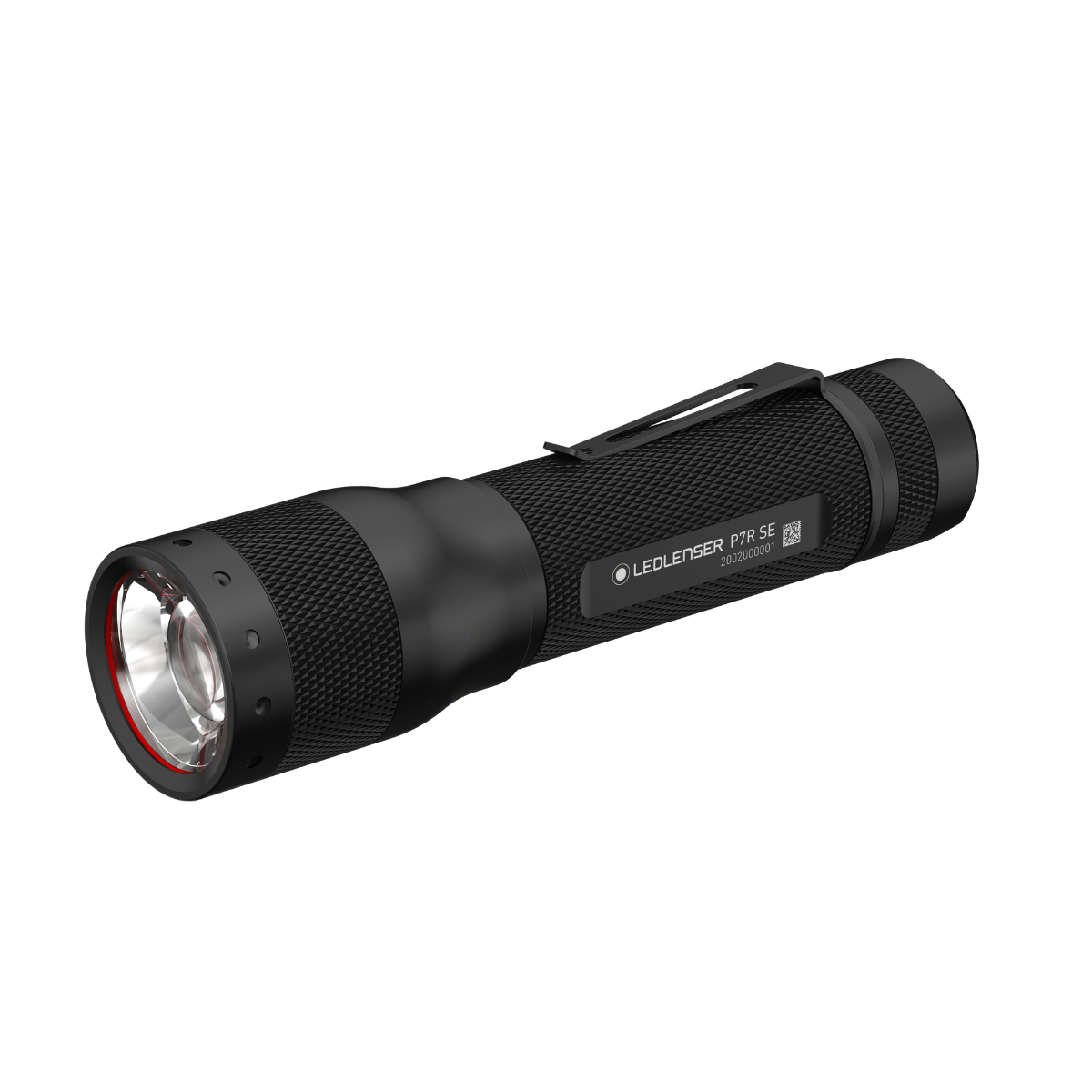
Ledlenser P7R SE Flashlight | Ledlenser USA

Ledlenser, P7R Core Rechargeable Flashlight, LED Light for Home and Emergency Use, Black

LEDLENSER P7R Rechargeable LED Flashlight (Black)

Ledlenser P7R Signature Series Rechargeable Flashlight | Ledlenser USA

Ledlenser P7R Core, Signature and Work | Expert Review by Koen van

P7R Core Rechargeable Flashlight, 1400 Lumens, Advanced Focus System, Constant Light Output, Waterproof
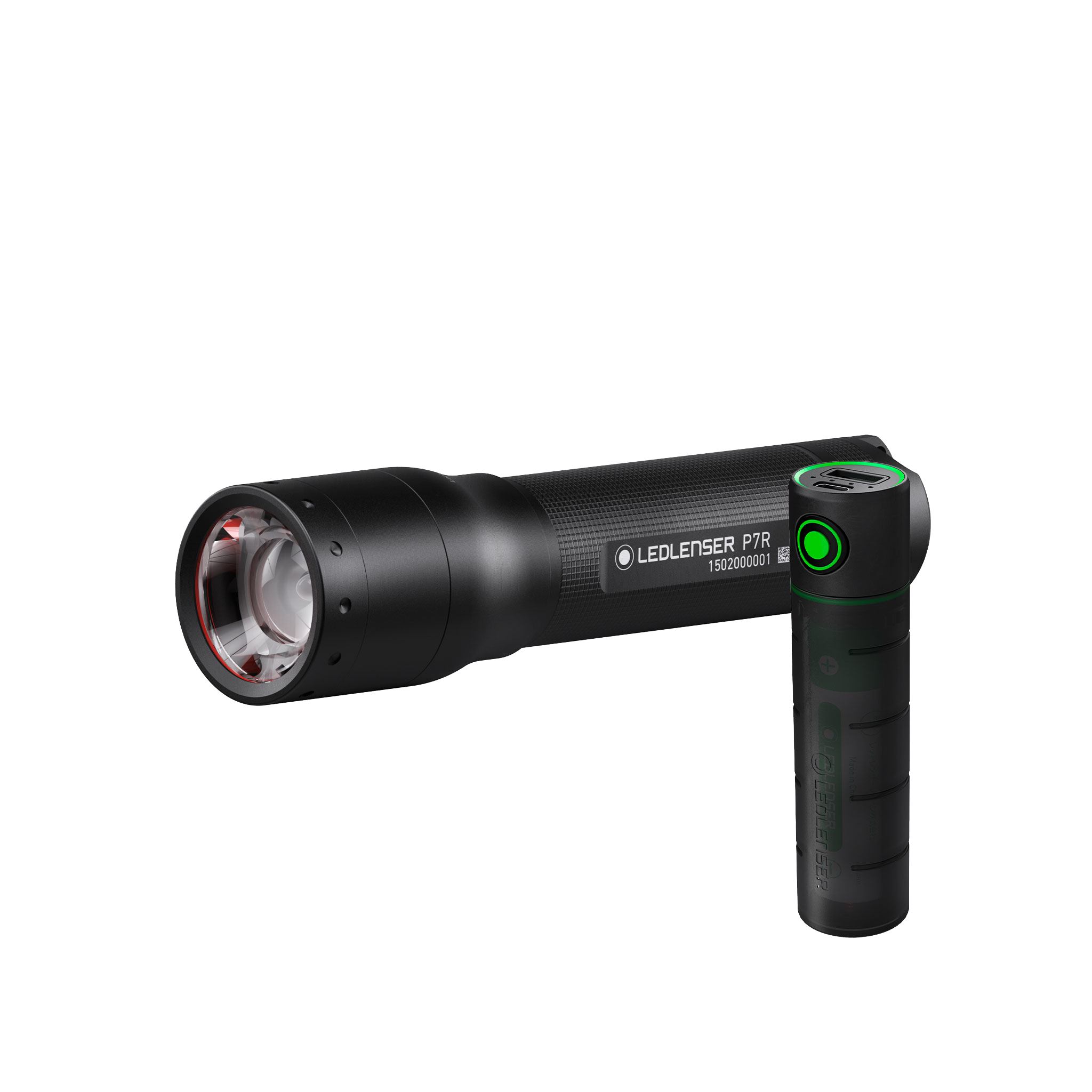
P7R Flashlight and Flex3 Powerbank
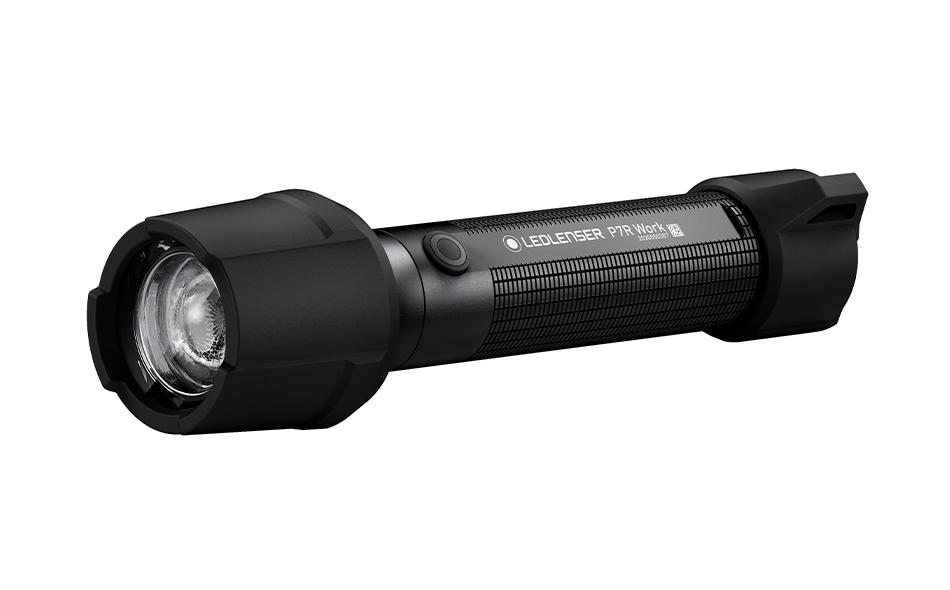
Ledlenser P7R Work Flashlight | Gamber-Johnson

LEDLenser P7R Work Rechargeable Flashlight
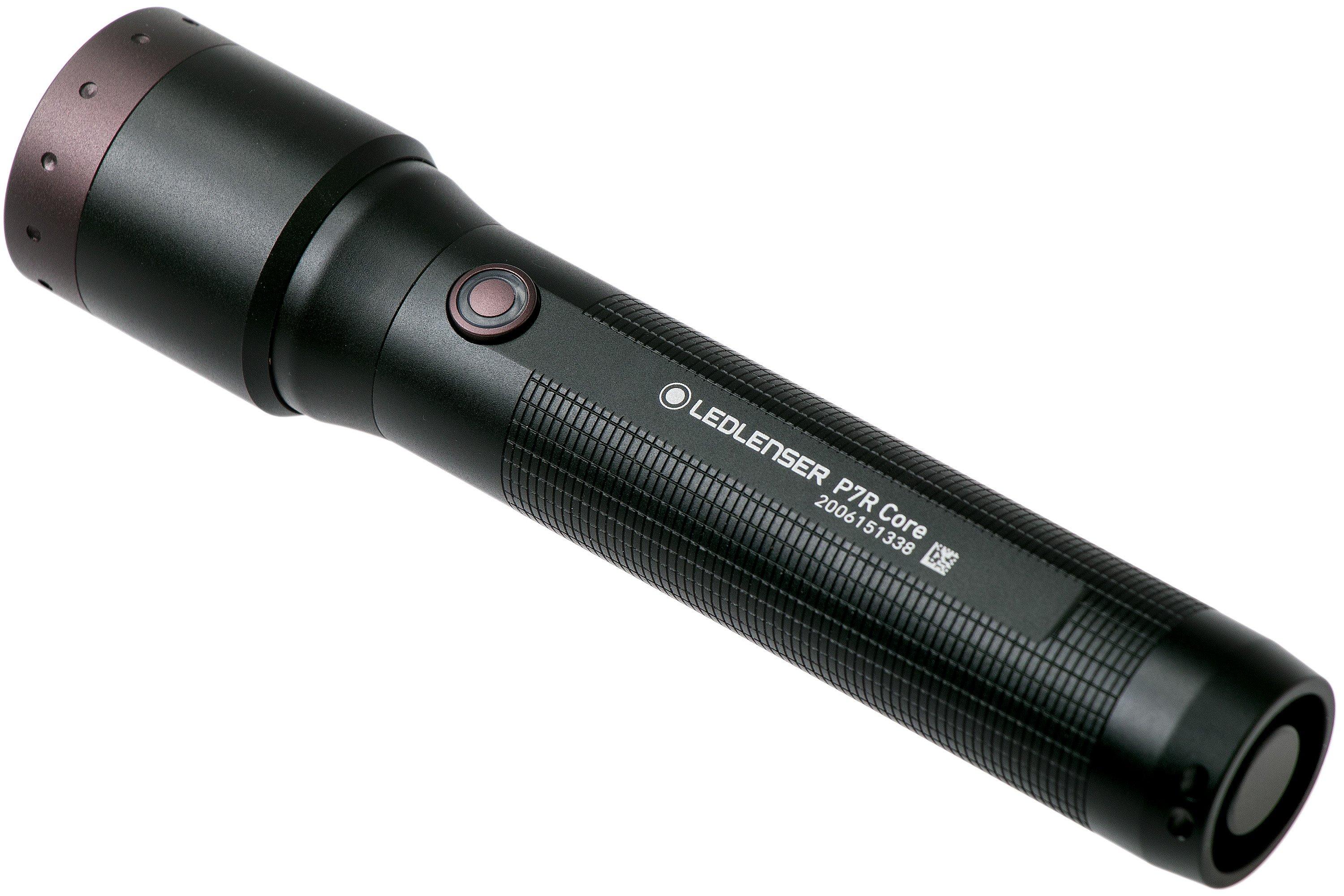
Ledlenser P7R Core rechargeable flashlight

Ledlenser P7R Signature 2000 Lumens Rechargeable Waterproof

Ledlenser P7R Core 1400-Lumen 8 Modes LED Rechargeable Spotlight

LEDLenser P7R Core Rechargeable Flashlight

P7R Core Flashlight and Flex5 Powerbank

NEW LED Lenser P7R Core Rechargeable LED Flashlight 1400 Lumen LEDLENSER 880518
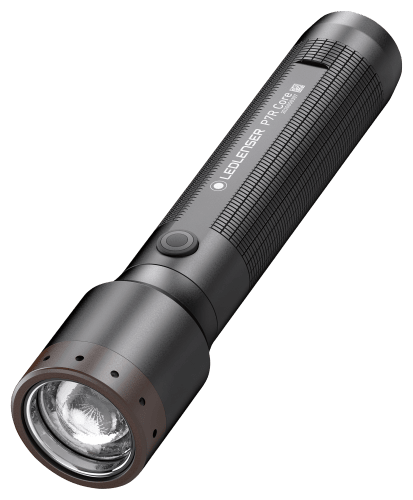
Ledlenser P7R Core Flashlight

LED Lenser P7R Signature Flashlight, Li-ion 3.7V, Black, - Walmart.com
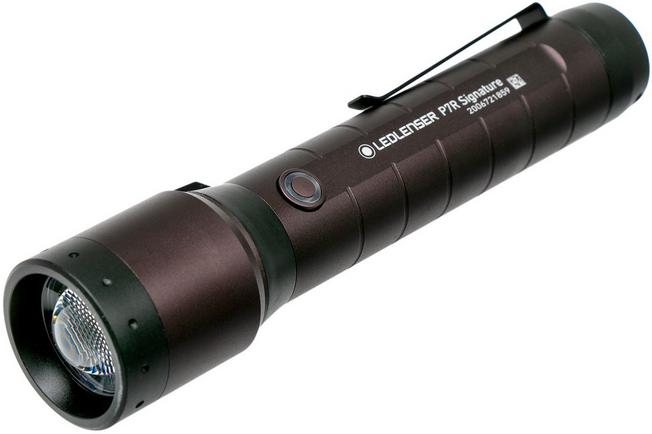
Ledlenser P7R Signature rechargeable flashlight | Advantageously
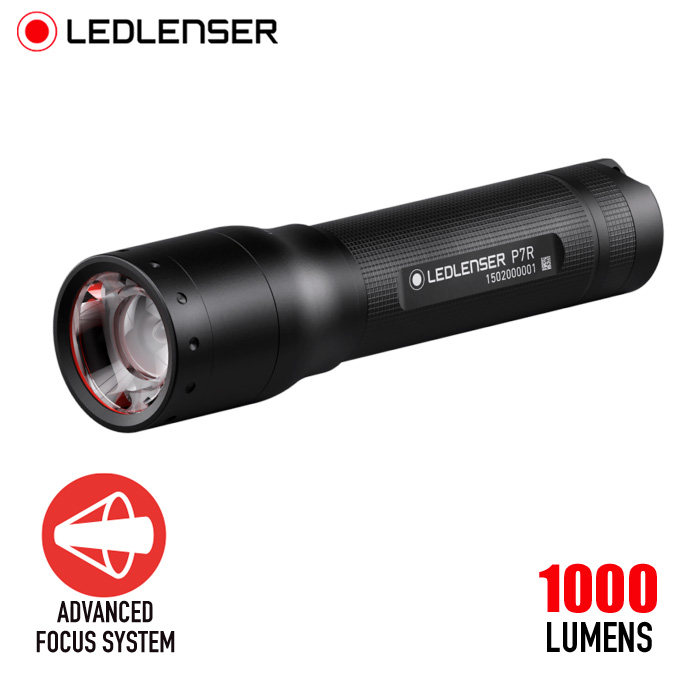
LEDLenser P7R Rechargeable Flashlight

Ledlenser P7R Core Series Rechargeable Flashlight | Ledlenser USA
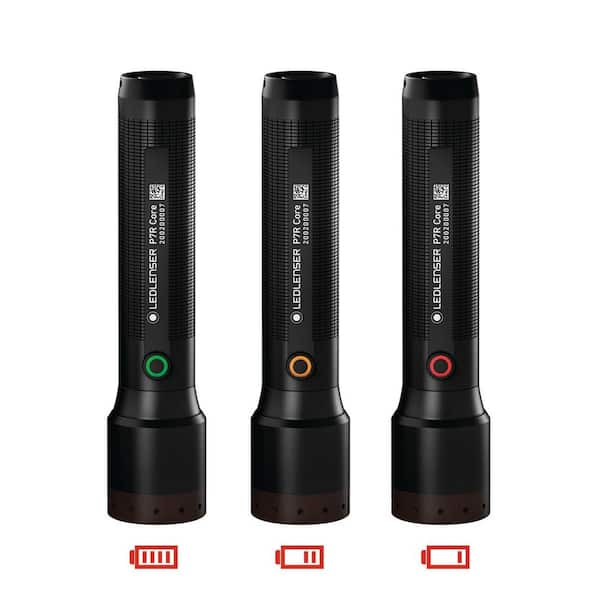
LEDLENSER P7R Core Rechargeable Flashlight, 1400 Lumens, Advanced

Ledlenser 502601 Handy Light, P7R Work UV LED Flashlight, USB Rechargeable, Genuine Japanese Product, Small

LED Lenser P7R Rechargeable LED Flashlight 1000 Lumen Rapid Focus

Ledlenser P7R Core Flashlight, Advanced Focus System, Rechargeable

LED Lenser P7R Work - Rechargeable Flashlight, 1200 Lumens

LEDLENSER P7R Rechargeable LED Flashlight (Black) 880358 B&H

Ledlenser P7R Rechargeable Flashlight - Simmons Sporting Goods

Ledlenser P7R SIGNATURE | HIGH-END ADJUSTABLE Flashlight 2000

Floating Charge System for P7R Flashlight | Wall Mountable

LEDLenser P7R Signature Rechargeable Flashlight
?$poi:$center}&sm=c&w=762)
Ledlenser P7R Core, Signature and Work | Expert Review by Koen van

Ledlenser P7R Core 1400 Lumen Flashlight 🔦 with Adjustable Focus

Ledlenser P7R | Plum Grove

LED LENSER Torch P7R Signature

P7R LEDLENSER | LEDLENSER P7R LED Torch - Rechargeable 20 to 1000

LED Lenser P7R Work - Rechargeable Flashlight, 1200 Lumens
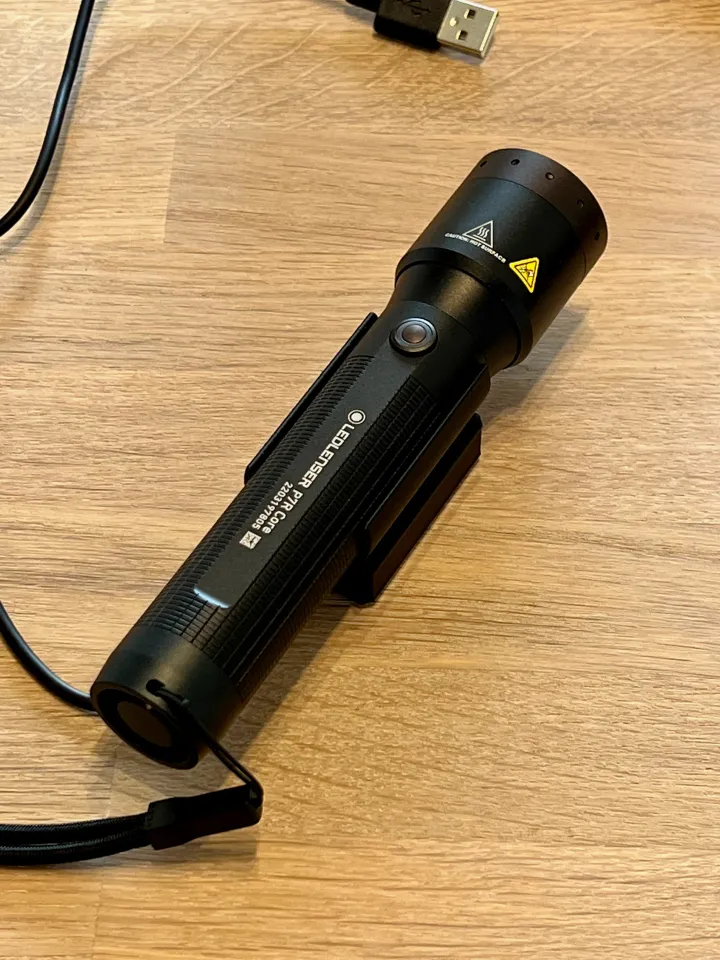
LEDLenser P7R Core Wandhalterung mit Ladefunktion / wall mount

LED LENSER Torch P7R Signature
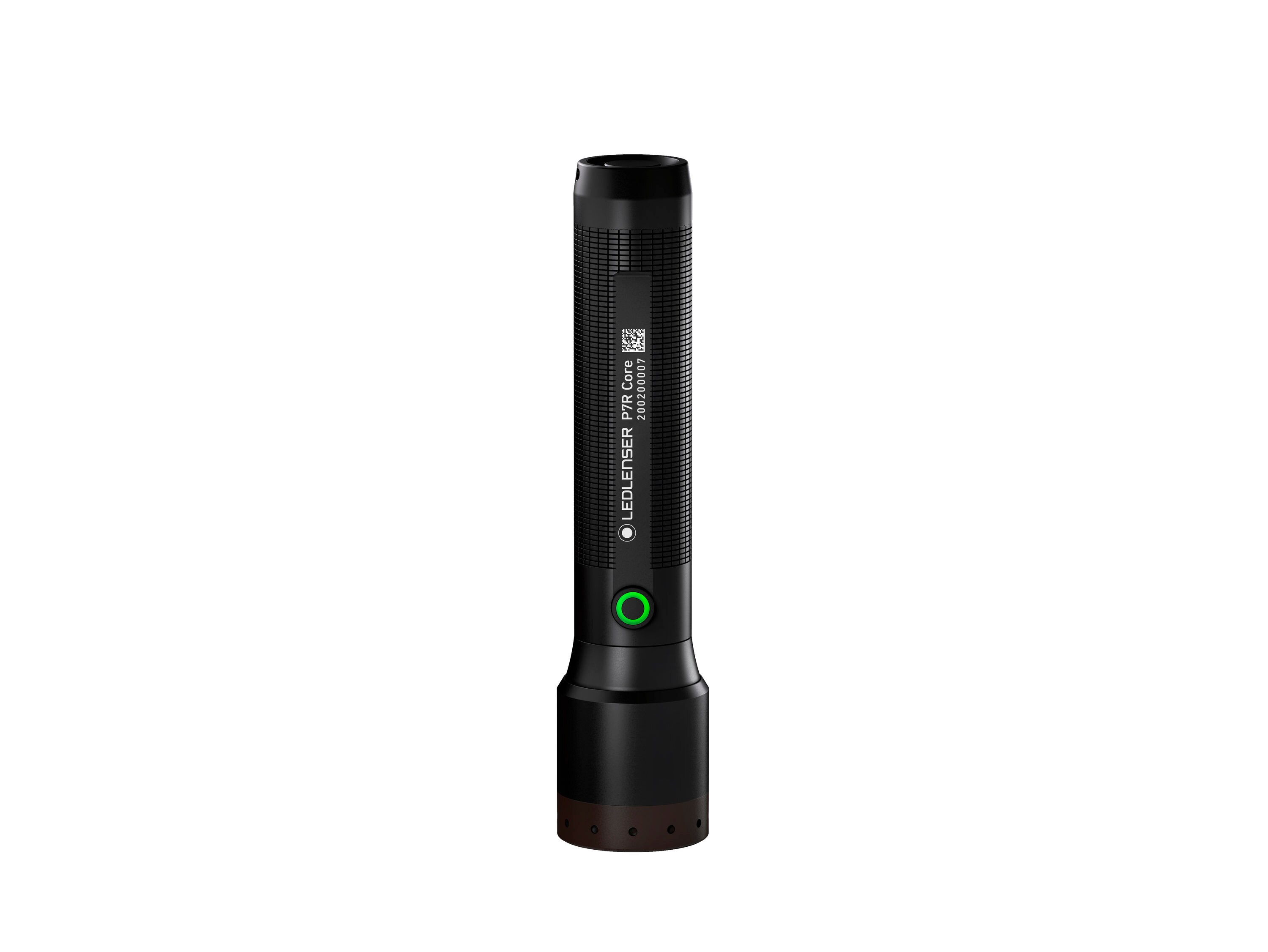
Ledlenser P7R Core 1400-Lumen 8 Modes LED Rechargeable Spotlight




商品の情報
メルカリ安心への取り組み
お金は事務局に支払われ、評価後に振り込まれます
出品者
スピード発送
この出品者は平均24時間以内に発送しています














